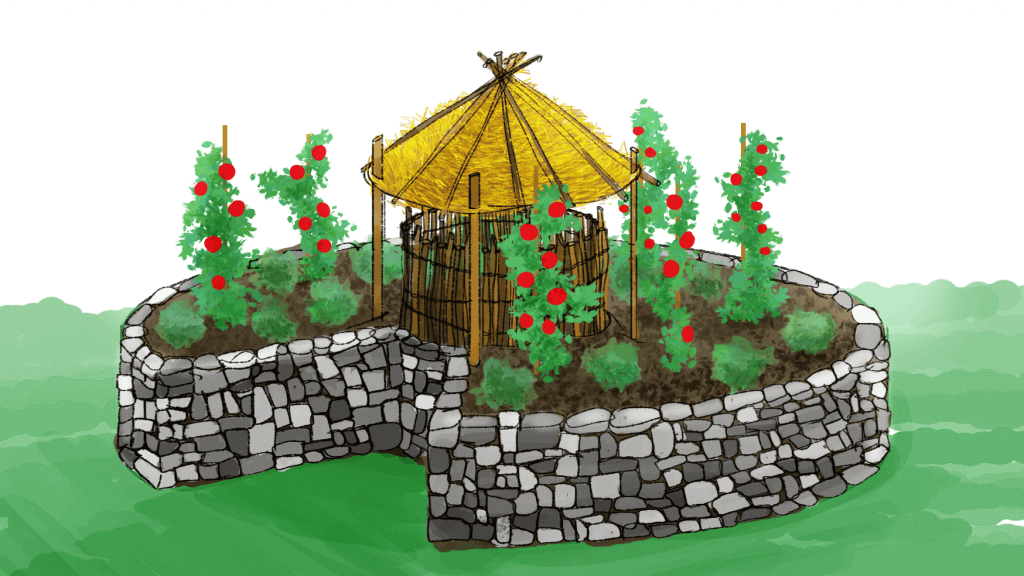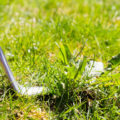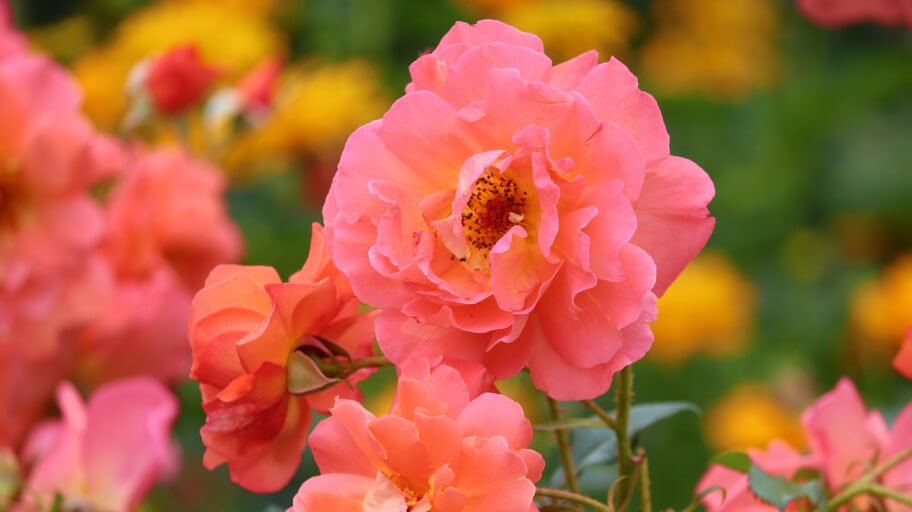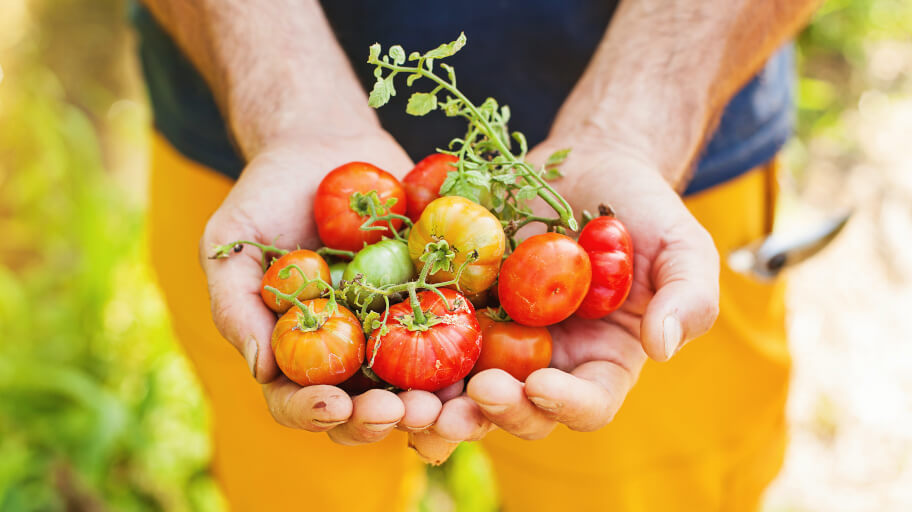
If you love gardening, or if you are just starting out, you are probably familiar that healthy gardens and drought don’t work well together. However, what if you live in a dry and hot place? Water isn’t scarce, but not everyone can afford to run water from the hose all day long just to keep a couple of plants alive. Still, there are a couple of compromise options that you can still grow healthy plants in a drought and have a garden that’s flourishing.
Keyhole gardening is one of those methods that has been created to grow healthy plants in dry climates. This method uses a small and centralised type of gardening that keeps the compost nourished. The biggest advantage of keyhole gardening is that you can save space along with water. Just like growing plants in a container with the added benefit of much richer.
The history of keyhole gardening

Just like every man-made thing keyhole gardening has its beginnings in necessity. And that is the need of people to grow food even when the resources to do so are scarce.
Being a fairly modern type of farming, keyhole gardening was first developed by Send a Cow to help poor African families grow their own food. It turned out to be a very successful experiment and is now taught by various organisations in Africa.
The idea is to teach the kids who then can teach their parents at home how to make a keyhole garden.
Since then this method has spread all around the world, including Texas and Australia.
Keyhole garden beds

Keyhole gardens are meant to be designed to save space and to be easily managed. Perfect for small gardens and the hot weather of Australia, this type of garden is a perfect choice. Depending on the size that you are looking for, they can be made in different shapes, however, the concept stays the same.
Where to make a keyhole garden?
The place where you will put your keyhole garden is very important. It all depends on the plant that you want to grow. Of course, if you want to grow different types of plants you can make two separate gardens.
According to what the chosen plant needs you can build the keyhole garden in the sun or in the shade. After you’ve decided on the perfect place it’s time to make the garden.
How to make a keyhole garden
Making the garden itself requires planning. You’ll need basic building skills depending on the material you choose to build it with. Make sure to layout a simple representation of the garden. That way you can better decide if the size is right for the space that you have.
Another thing that needs careful planning is accessibility. Will the entrance to the structure be enough and can you manage to access the entire area? These are questions that you need to answer when you plan the layout.
What is a keyhole garden made from?

A keyhole garden can be made from a variety of things. The material doesn’t really matter as long as you have a stable structure that will hold together. Materials that can be used to make this type of garden are bricks, wood, stones, cement and anything that you can think of.
With stones being the most common choice in building keyhole gardens, this might be the most suitable and easy choice.
Building a keyhole garden bed
Just like making a raised bed for a normal garden, you can make a keyhole garden. It does require a bit of understanding, but in general, it’s not a tough process. We went through planning, positioning and all that, so now it’s time to make the structure itself.
The structure of the keyhole garden consists of 3 different segments:
- The Walls
Building the walls is the first step of the process. As we mentioned above, you can use numerous materials for it. Make sure to build a solid structure that will be able to keep the soil in place and retain the moisture. It needs to be strong enough to contain the weight of the soil even when soaked. - The Core of the Keyhole Garden
Having a well-built core is mandatory if you want your garden to flourish. This is the place you’ll use as your compost bin. In the core of the garden, you can throw any organic rubbish that will benefit your garden.
It’s best to use a meshed material that will keep a cylindrical shape or a tower of sticks if you want to go completely organic. Before you put anything in the bin, make sure to make a layer of stones at the bottom that will serve as drainage. - The Mounted Drainage of the Inner Layer
After you have built the walls and the core it’s time to take care of the drainage of the garden. Being one of the most important things, it’s important you don’t skip this step. Lay a layer of stones, sticks and wood that will serve as the drainage for the main planting place. It’s best to make this layer in a conical shape so the compost tower is higher than the rest of the garden. This will run the water equally when you pour it in the centre. - The Inner Layer
This is the place where you will plant your plants. Fill it with soil that will be right for the plants that you are planning to grow. Make sure to compost heavily, because you need a nutrient-rich soil.
More about the keyhole garden beds
Just because they are called keyhole gardens it doesn’t mean that you should stick to the keyhole shape. You can apply the philosophy of this type of gardening to any shape. Although, round keyhole beds work best because of the distribution of the compost that you will store in the core.
How can your garden benefit from a keyhole garden
If you are looking for a way to have a flourishing garden in a compact space, utilizing this type of gardening might be the best choice for you. Make sure to pay close attention to your compost because you’ll need healthy soil. Maintain the right amounts of pH, moisture and light requirements your produce will need to grow healthy.








